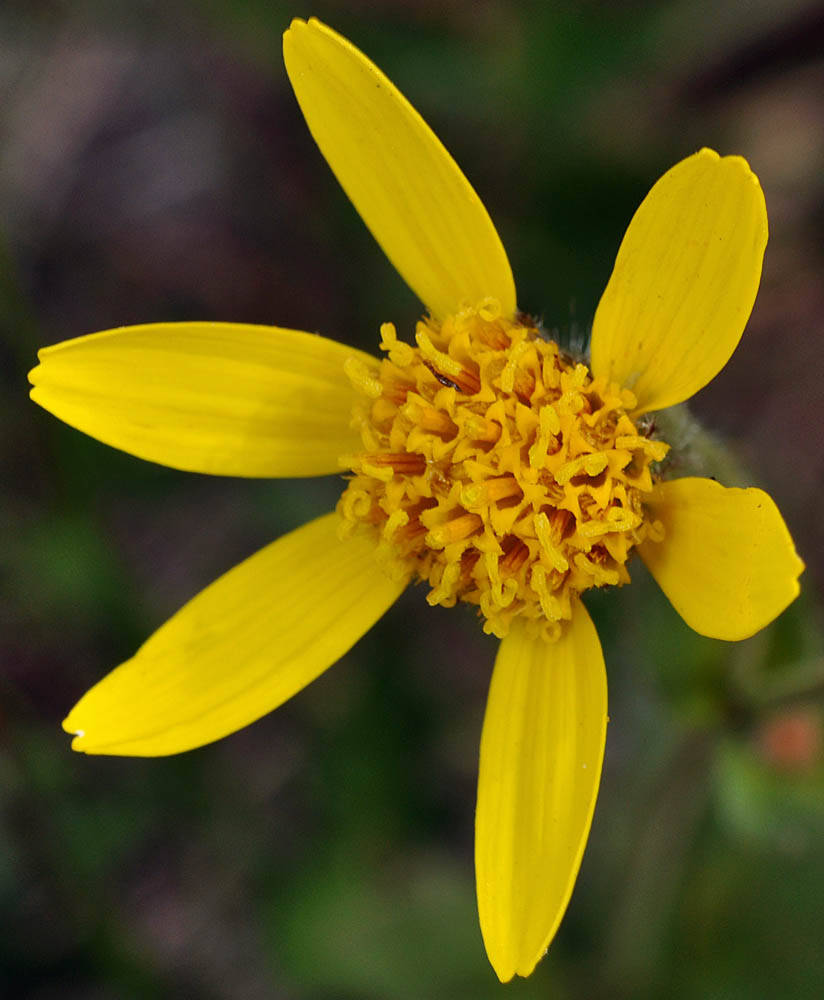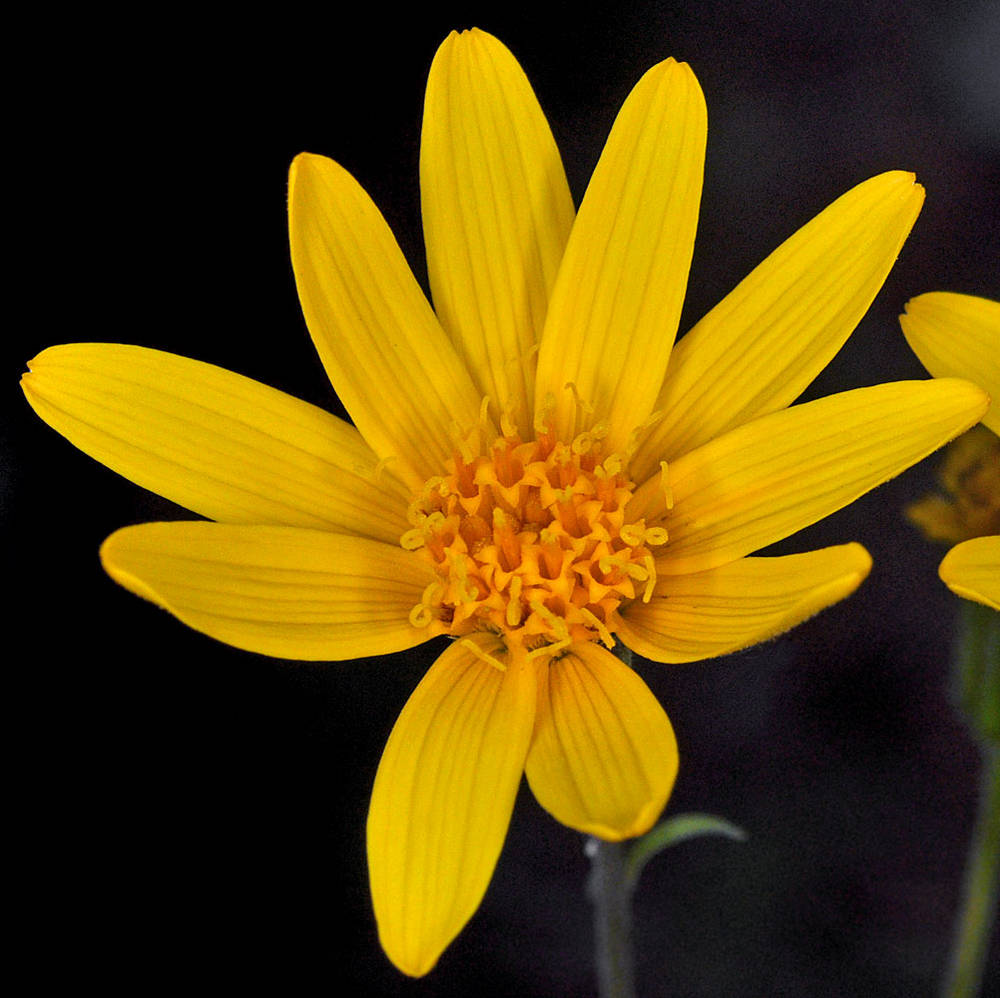Arnica diversifolia
(synonym of Arnica ovata)
Arnica gracilis
sticky arnica
slender arnica
single or branched, usually glandular-puberulent, sometimes glabrate proximally or sparsely scabrous-pilose.
usually much branched, minutely glandular-puberulent, sometimes glabrate proximally.
usually much reduced, withering early; round-ovate;
petioles broadly winged.
sometimes reduced and withering early, usually in separate sterile rosettes.
2–3(4) pairs;
distal 1–2 pairs reduced and bract-like;
blades ovate to lanceolate, 2–8 cm, bases truncate or attenuate;
margins denticulate or serrate-dentate, rarely entire;
veins branching laterally;
tips acute or obtuse;
surfaces glabrous to glandular-puberulent, often gland-dotted; short-petiolate or sessile.
2–3 pairs;
blades triangular to ovate or lanceolate, 2–6 cm, bases truncate to rounded or attenuate;
margins entire to denticulate to serrate-dentate;
veins branching laterally;
tips acute;
surfaces glandular or spiculate, usually petiolate, sometimes sessile.
glandular-puberulent.
glabrate or minutely glandular-puberulent.
turbinate, 10–15 mm.
turbinate-campanulate, 6–12 mm.
8–15;
rays 10–20 mm, yellow.
5–12;
rays 10–20 mm, yellow.
15–40;
corollas 7–10 mm, yellow.
10–25;
corollas 4–6 mm, yellow.
lanceolate to elliptic or linear;
tips acute;
surfaces pilose and stipitate-glandular.
elliptic-lanceolate or oblanceolate;
tips acute;
surfaces glabrate to strigose or glandular-puberulent.
columnar-fusiform, 5–6.5 mm, brown or blackish, hispidulous;
pappus bristles 7–10 mm; brownish, subplumose.
columnar-fusiform, 4.5–7 mm; black; hirsute or spiculate-glandular;
pappus bristles 5–7 mm, white, barbellate.
radiate.
radiate.
=57, 76.
=57, 76.
Arnica diversifolia
Arnica gracilis
Open pine forests, grasslands, bogs, subalpine talus, cliffs, ridges. Flowering Jul–Sep. 1700–3000 m. BW, Casc. CA, ID, WA; north to AK, northeast to MT, southeast to UT. Native.
Open pine forests, meadows, cliffs, rocky slopes and ridges. Flowering Jun–Aug. 1400–2800 m. BW, Casc. ID, WA; north to Northwest Territories, northeast to MT, east to WY, southeast to CO. Native.
Kenton Chambers
Kenton Chambers
- Local floras:
BC,
CA,
OR,
WA
- Local Web sites:
CalFlora,
CalPhotos,
Flora NW,
PNW Herbaria
WildflowerSearch
iNaturalist (observations)
USDA Plants Database
- LBJ Wildflower Center
- SEINet
- Plants of the World Online
- Encyclopedia of Life
- Wikipedia
- Google Image Search
- Local floras:
BC,
OR,
WA
- Local Web sites:
Flora NW,
PNW Herbaria
WildflowerSearch
iNaturalist (observations)
USDA Plants Database
- LBJ Wildflower Center
- SEINet
- Plants of the World Online
- Encyclopedia of Life
- Wikipedia
- Google Image Search





